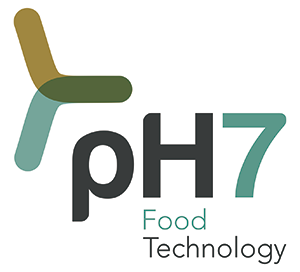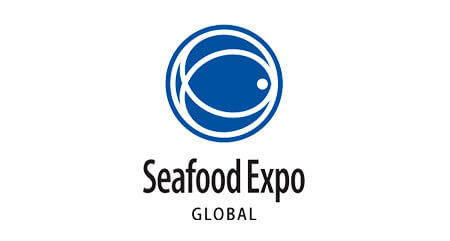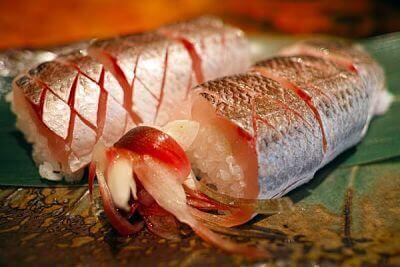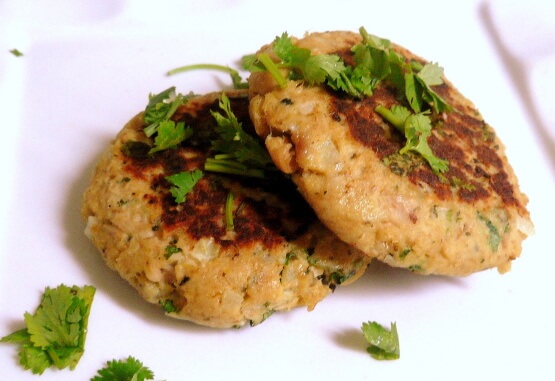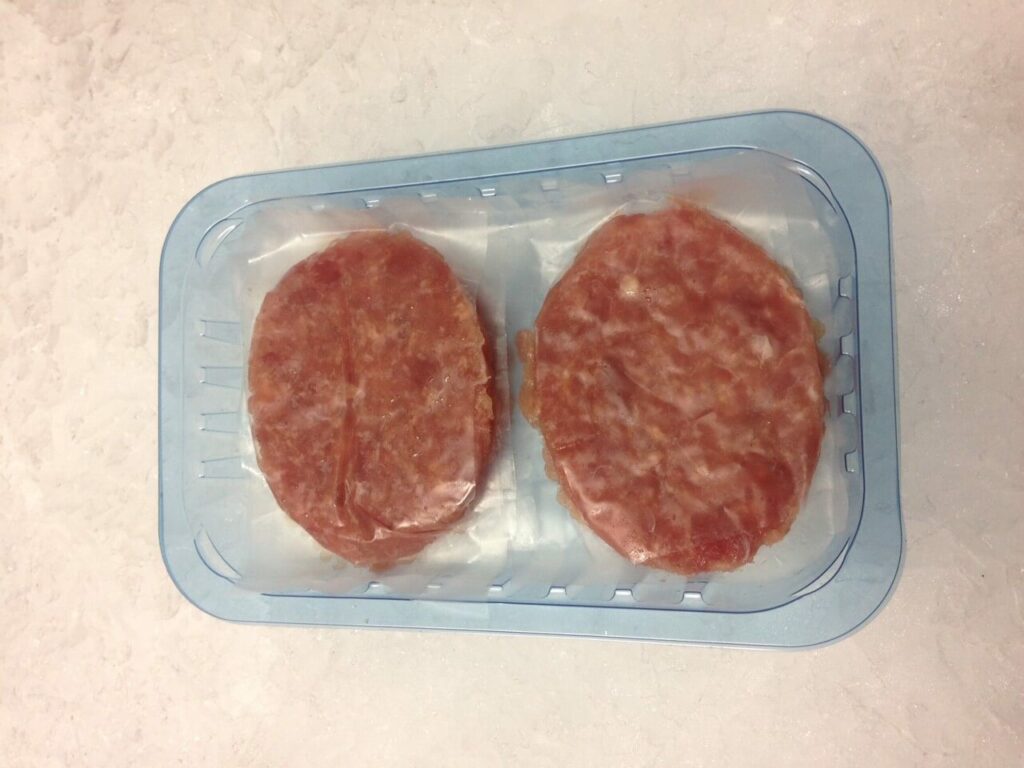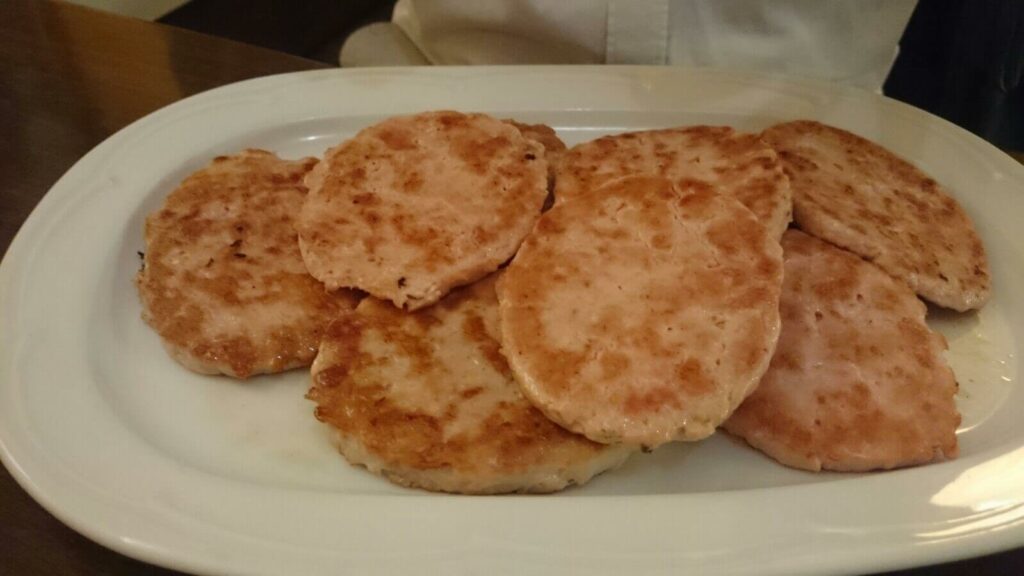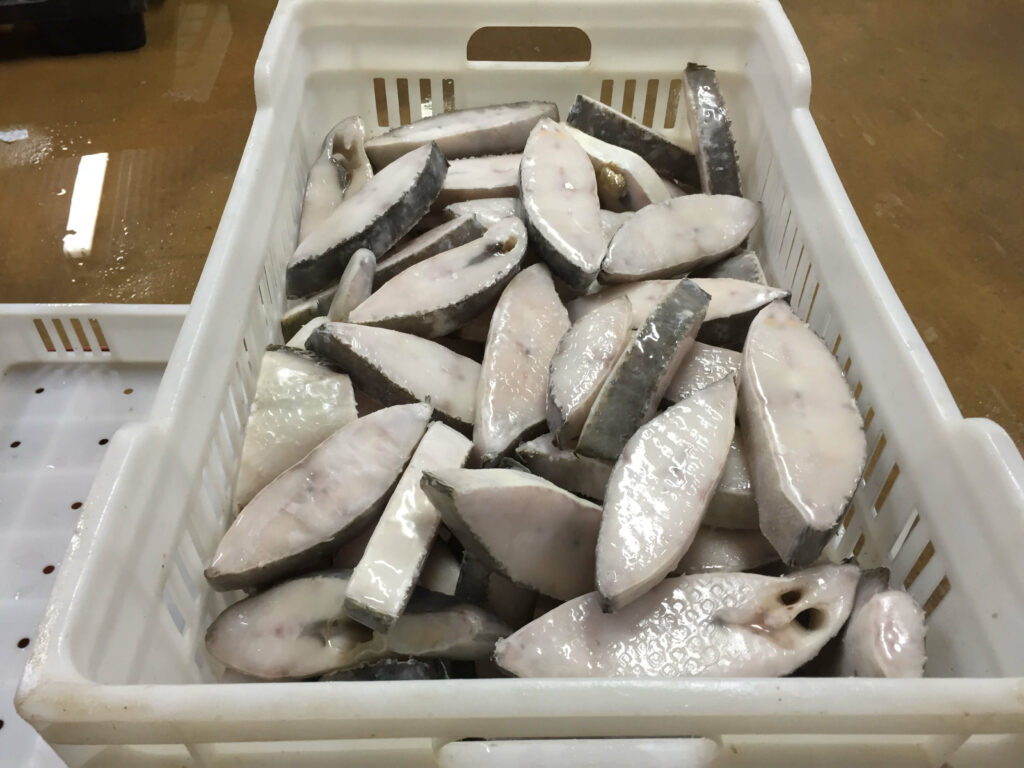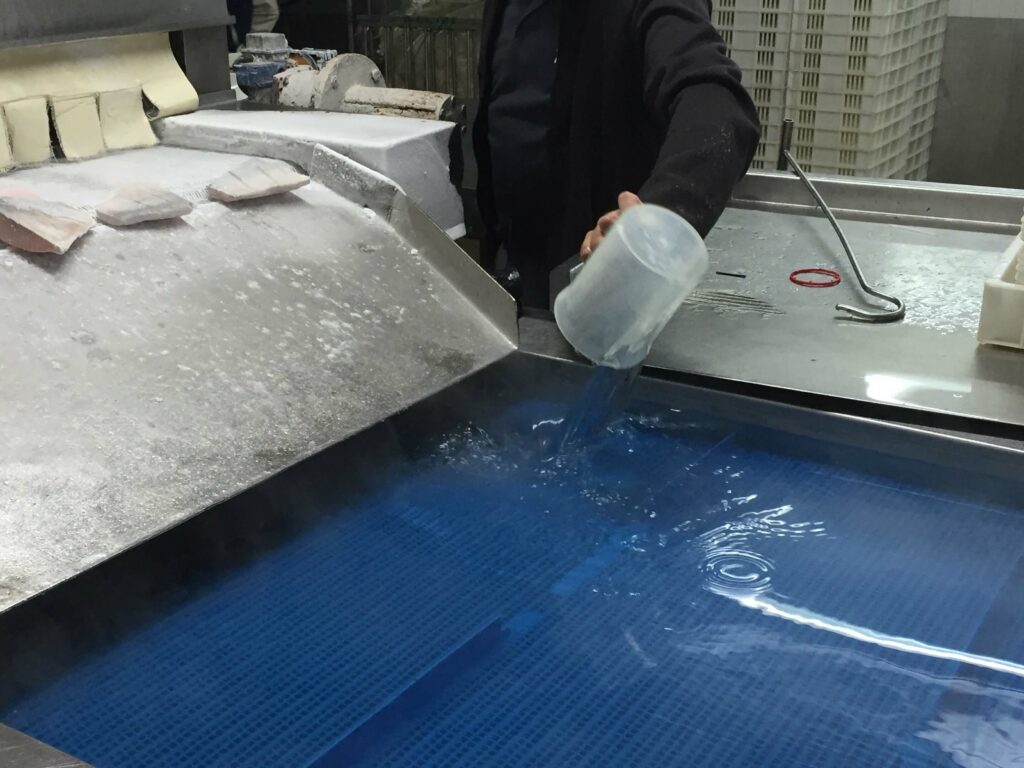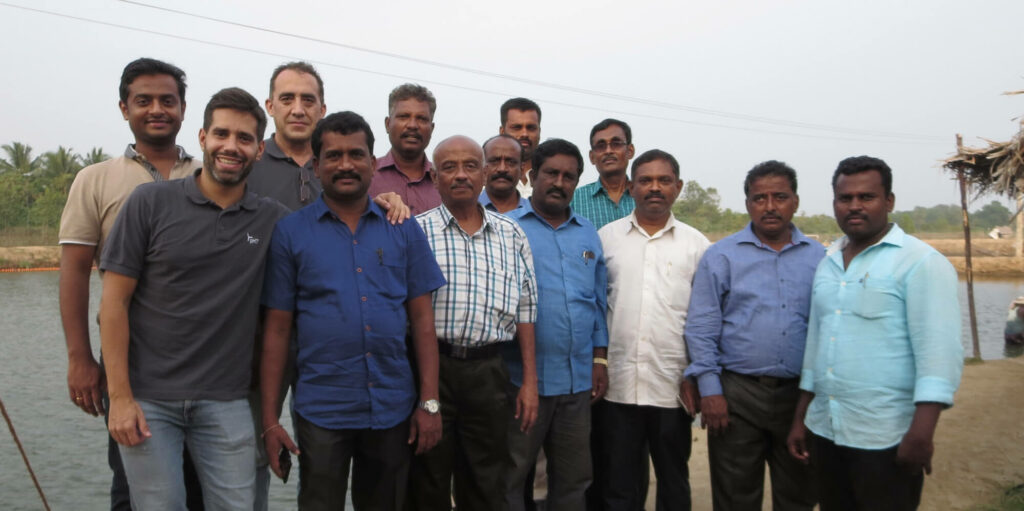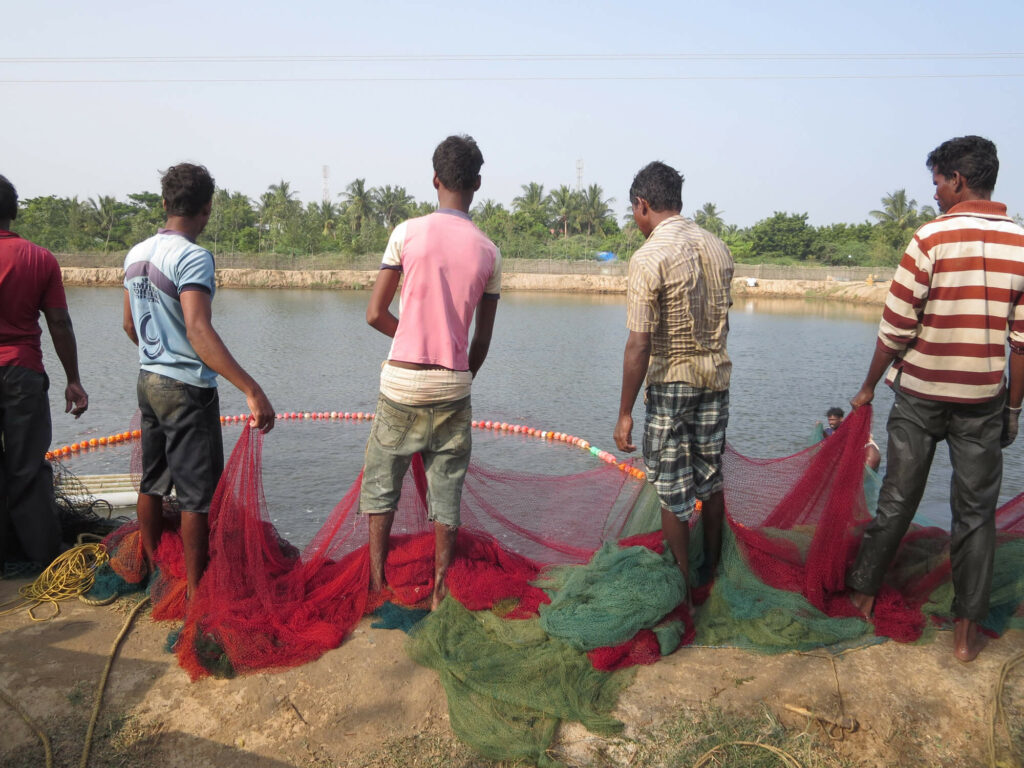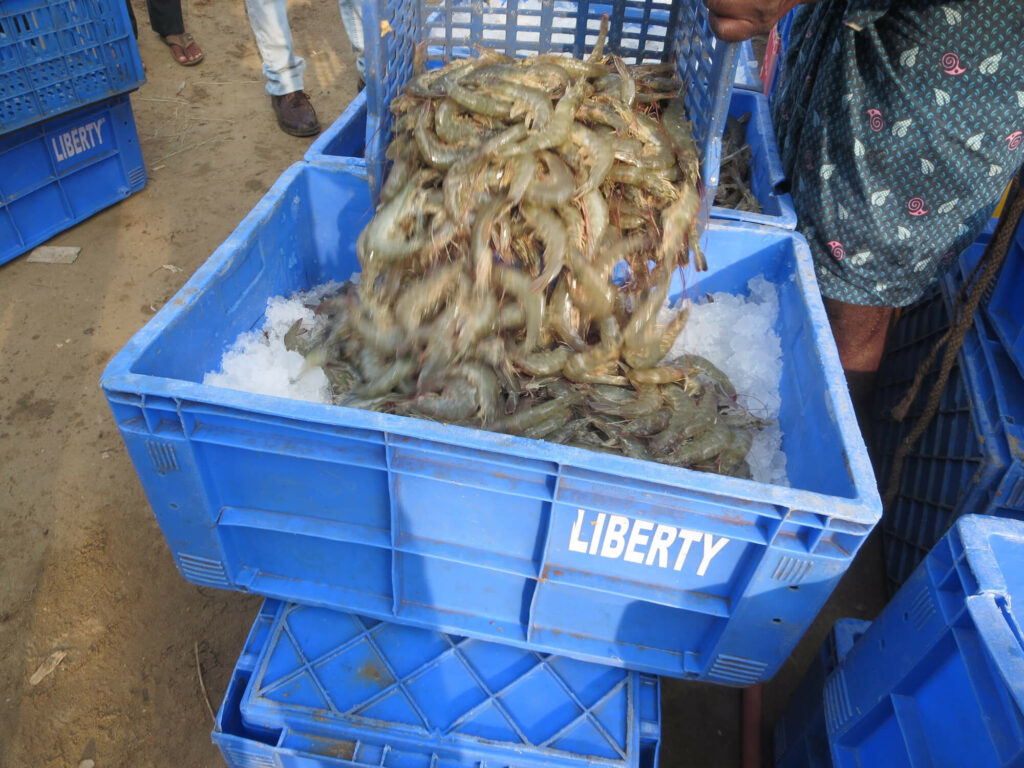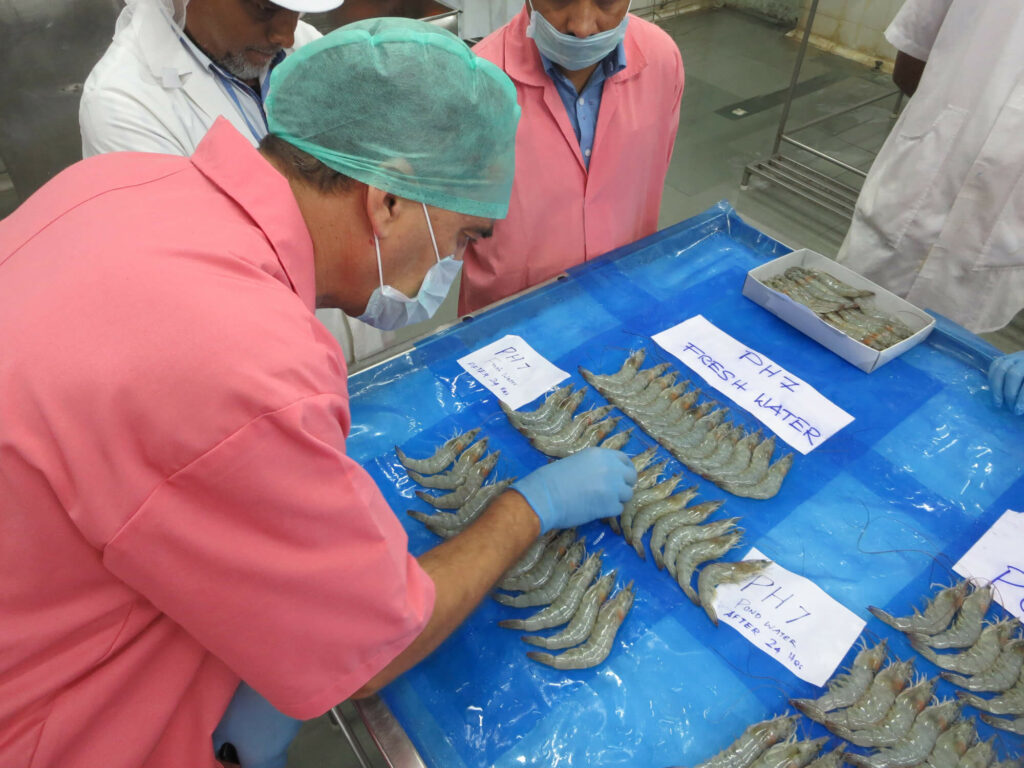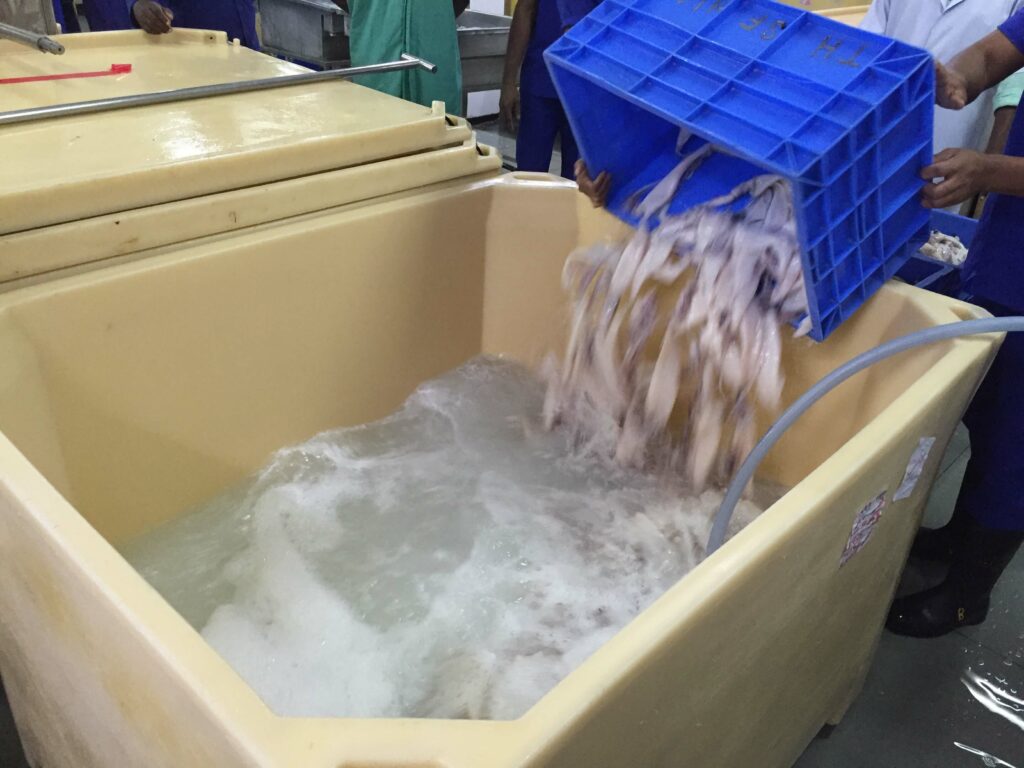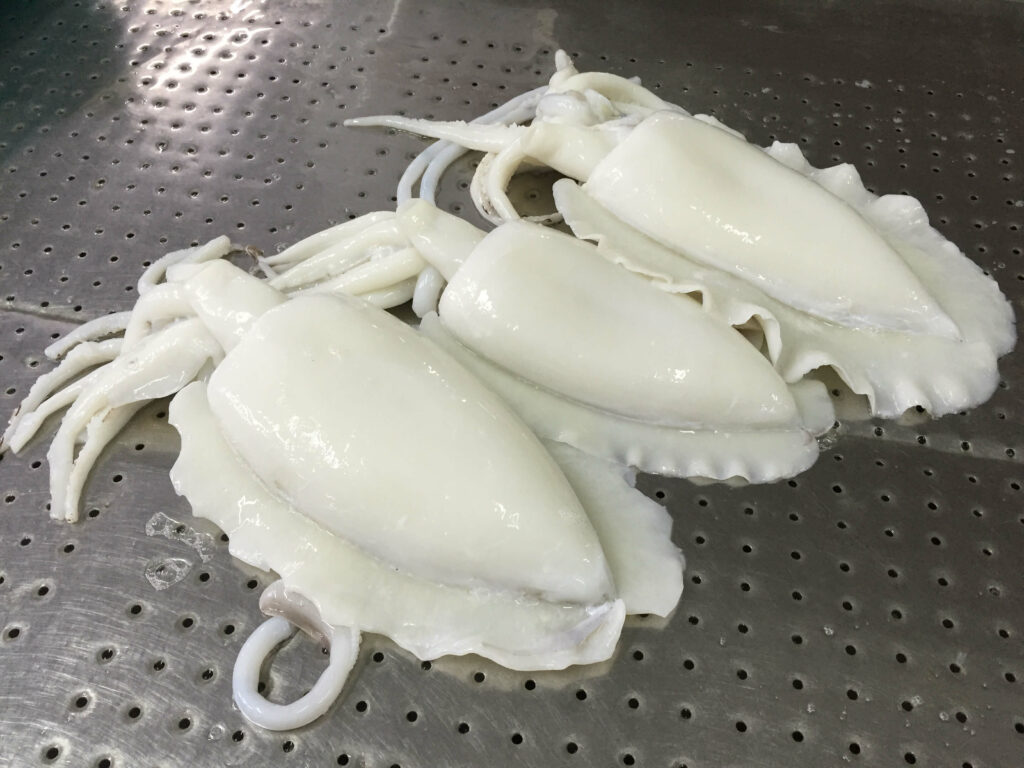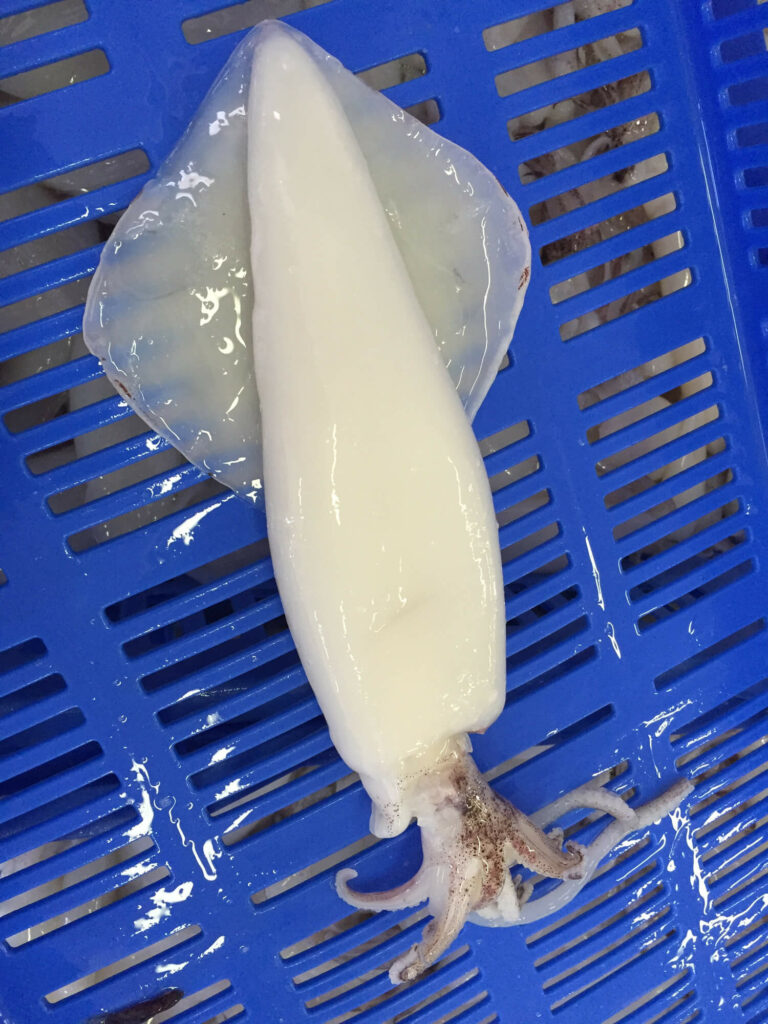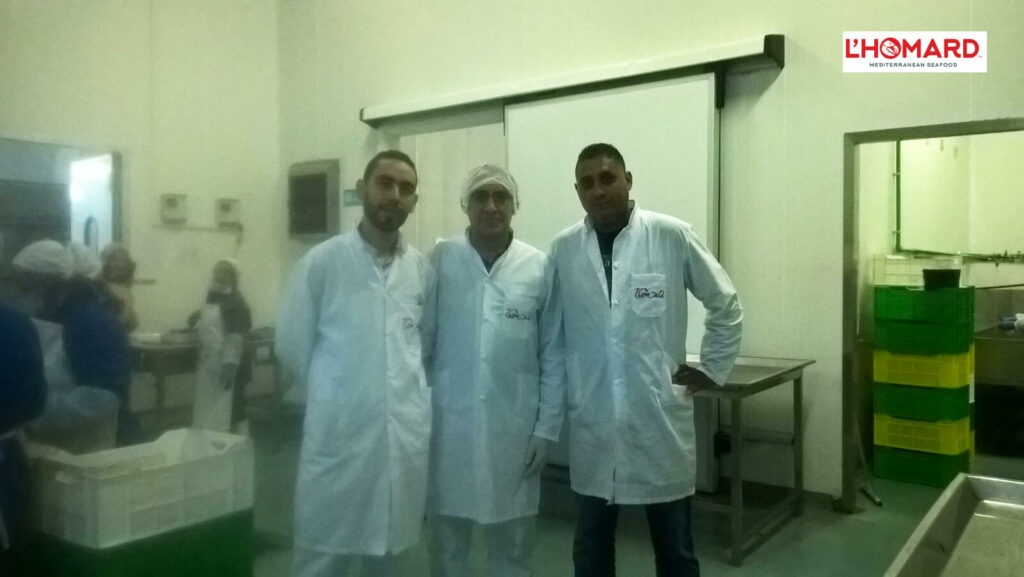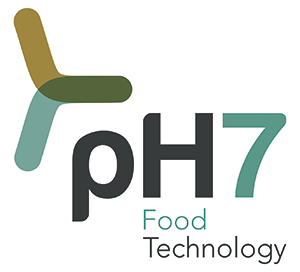Given the fact that food additives are mostly chemicals products, it was necessary to create a strict regulation when it comes to their implementation and commercialization. Indeed, not all food additives are suitable for entering the market. A lot of studies have thus to be carried out in order to establish whether or not these chemicals can be used in the processing of our food.
Of course, the laws may change according the country or the geographical area. For instance, the European Union has its own way of doing things. Food additives used inside this area must thus meet its requirements. Indeed, the Regulation 1333/2008 has been in force in the European Union since January 2010, and has affected the entire area. Moreover, every chemical has to go through an authorization process in order for it to be accepted. This process is divided into two main parts. First of all, a report has to be sent to the European Food Safety Authority (EFSA). This first step, called scientific evaluation phase, may take approximately 9 months. The second step, the decision phase, is when the comitology with the European Parliament takes place. If a food additive has made it through this process, it will be added to the Official Journal of the European Union (OJEU).
Besides, there are also a lot of food additives laws that restrict the amount of chemicals that can be used in the processing of food. For instance, when it comes to meat and fish, the nitrate concentration cannot exceed 600mg/kg. Otherwise it could be dangerous to eat. This kind of regulation applies for all the food additives we commonly use.
To help the industries in the processing of our food, they can use the Acceptable Daily Intake (ADI) which refers to the maximum amount of a substance an individual can ingest daily. Obviously, if the amount of chemicals used in a product goes beyond that limit, it would be illegal to sell it given the harmful effects that could affect the person. This rule has been created by the professor René Truhaut. It was first introduced in 1961 by the Food and Agriculture Organization of the United Nation (FAO) and the World Health Organization (WHO).
There are thus a lot of elements the manufacturers and the scientists who create food additives have to take into consideration. Indeed, not respecting these rules and laws could prevent the product from being commercialized.
